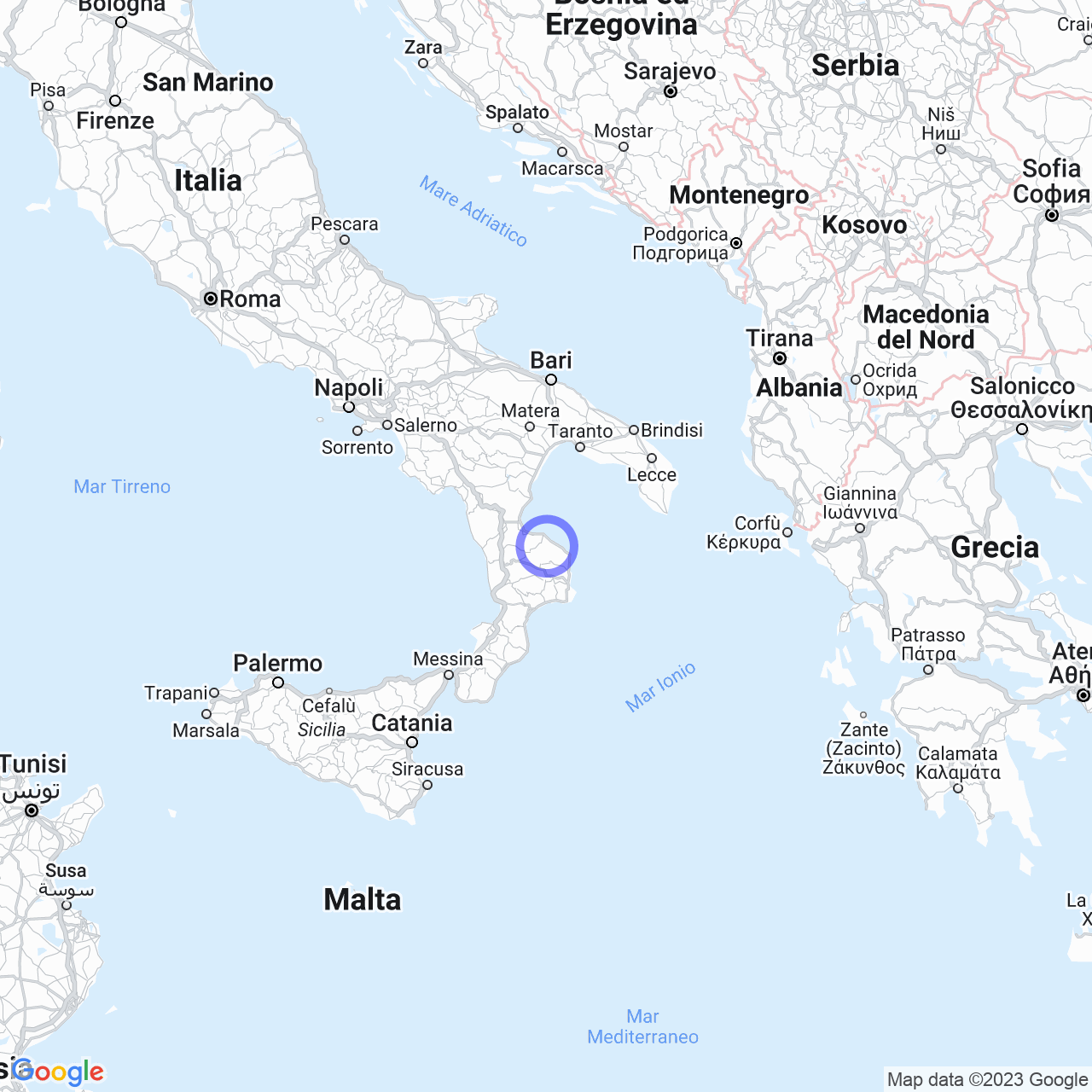Pietrapaola
Welcome to Pietrapaola: History and Territory
Hello everyone! Are you ready to discover the charm of Pietrapaola, a small town in the province of Cosenza, in Calabria? With its 1,005 inhabitants, Pietrapaola is located on the slopes of the Sila Greca, along the Trionto River. But its most famous fraction is undoubtedly Pietrapaola Marina, a seaside resort appreciated by tourists and residents.
But let's talk about the history of this ancient village. It seems that the first settlements date back to the Bruzia era, an Italic ethnicity that was dedicated to pastoralism and agriculture. The origin of the name Pietrapaola is not known for certain, but some theories make it derive from the names of saints Peter and Paul, or from "stone" and the Latin family name Paula.
Pietrapaola is a real stronghold, which clings around the rock known as the "Castle" and dominates the Ionian Sea. In the surrounding territory there are traces of ancient settlements, caves, and walls from the classical age. But the most important testimony is certainly the "Walls of Hannibal", a wall dating back to the 4th-3rd century BC that testifies to the Brettia territorial organization.
From the Middle Ages to the nineteenth century: The Feudal Lords of Pietrapaola
But let's move on to the following centuries. In 1269, the feudal lordship of Pietrapaola was granted to the French milite Elia de Gant and subsequently to Elia de Tuello. In the fourteenth century, the territory of Pietrapaola experienced a period of great economic development and passed into the hands of various feudal lords. In 1500, the nobleman Bernardino de Leonardis was appointed as "Capitaneum Nostrum a Baroniae Nostrae Petrapaule", but following the second conspiracy of the barons, the fief passed to Ferrante D'Aragona, natural son of Ferrante I of Naples.
In 1561, the Duke of Montalto acquired possession, followed by the Prince of Scilla and the Mandatoriccio family. In 1806, with the abolition of feudalism, Pietrapaola became a free municipality.

The Natural Beauties of Pietrapaola
But Pietrapaola is not just history and culture: the surrounding territory is rich in natural beauties. The Sila Greca offers breathtaking views and the nearby Pietrapaola Marina is a golden beach lapped by crystal-clear sea.
But the inland is also worth discovering, with the slopes of the Sila that offer enchanted woods and the possibility to go on foot or on mountain bike excursions. Don't miss the Timpa del Castello, the imposing fortress that overlooks the village, and the Valle del Trionto, a corner of unspoiled nature.
Events and Traditions
But let's talk about the social life of Pietrapaola. The municipality offers numerous events throughout the year, such as the traditional Carnival held in February or the feast of Saint Peter and Paul, the patrons of the village, celebrated in June.
But the highlight of the year is undoubtedly the Potato Festival, which takes place in mid-August and represents the opportunity to taste typical dishes of the Cosenza cuisine, based on potatoes and other local products. The festival is accompanied by competitions, shows, and entertainment for both adults and children.
In summer, there are also evenings of music and entertainment at the beach of Pietrapaola Marina, which becomes the heart of the Calabrian nightlife.
Conclusions
In short, Pietrapaola is a gem of Calabria that will not disappoint you. From history to nature, from traditions to cuisine, there are a thousand reasons to visit this municipality and discover its beauties in every season of the year.
